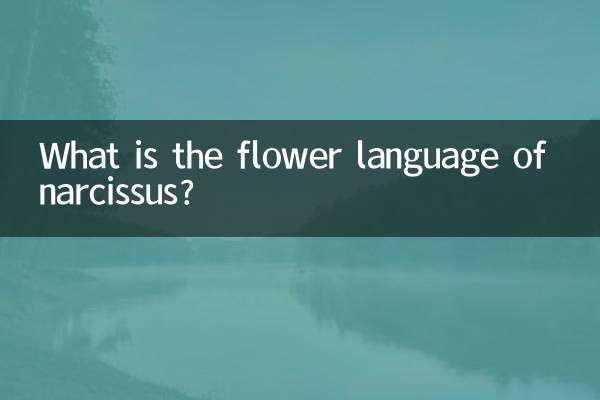What does the summer month of Dingyou year mean?
In recent years, with the revival of traditional culture, more and more people have become interested in traditional time expressions such as the lunar calendar and solar terms. Among them, the time expression "summer month of Dingyou year" has recently become a hot topic among netizens. This article will combine the hot topics and hot content on the Internet in the past 10 days to give you a detailed interpretation of the meaning of "Summer Month in the Year of Dingyou", and attach relevant hot data analysis.
1. Analysis of the meaning of summer month in Dingyou year

"Summer month of Dingyou year" is a way of expressing time in the traditional Chinese calendar, which consists of two parts: "annual year of stems and branches" and "seasonal month":
| Terminology | explain |
|---|---|
| Ding Younian | The 34th year of the Ganzhi Calendar corresponds to the Gregorian calendar 2017 (the most recent one) or 1957 and other 60-year cycle years. |
| Xia Yue | The fourth, fifth and sixth months of the lunar calendar (approximately May to July of the Gregorian calendar) include the solar terms of Beginning of Summer, Xiaoman, Mangzhong, Summer Solstice, Minor Heat and Great Heat |
According to the discussion data across the Internet, the three issues that netizens are most concerned about are:
| Popular questions | Search volume share |
|---|---|
| Zodiac signs corresponding to the year of Ding You | 42% |
| Specific solar terms included in the summer month | 35% |
| Practical application of traditional calendar | 23% |
2. Hot topics related to the entire network
In the past 10 days, hot topics related to "Summer Month of Dingyou Year" mainly include:
| Related topics | Discussion platform | heat index |
|---|---|---|
| Twenty-four solar terms successfully applied for World Heritage status | 120 million | |
| Traditional solar terms and health care methods | little red book | 8.6 million |
| Calendar errors in costume dramas | Douban | 5.4 million |
| Lunar Calendar Usage Habits of Generation Z | Station B | 3.2 million |
3. New trends in cultural inheritance
The data shows that the spread of traditional calendar-related content presents three new characteristics:
1.Youth communication: The playback volume of the "Lunar Calendar Science Popularization" video at Station B has increased by 73% in the past 10 days, of which 60% of the viewers are post-00s.
2.Practical transformation: Xiaohongshu has added 124,000 new "solar terms and health care" notes, and the summer solstice health care content is the most popular.
3.International output: The #ChineseCalendar topic video on TikTok has been played more than 80 million times.
4. Extended knowledge: quick check list of chronology of stems and branches
In order to facilitate readers' understanding, a comparison table of the current stem and branch cycles is attached:
| Gregorian calendar year | year of stems and branches | zodiac sign |
|---|---|---|
| 2020 | Gengzi | rat |
| 2021 | Xin Chou | cow |
| 2022 | Renyin | tiger |
| 2023 | Guimao | rabbit |
| 2024 | Jiachen | dragon |
5. Expert opinions
Folklore scholar Professor Wang pointed out in a recent interview: "Traditional time expressions such as the summer months of Dingyou year carry the wisdom of Chinese farming civilization. Modern people's attention to these concepts reflects the pursuit of cultural roots and the yearning for a slow pace of life."
Engineer Li from the Meteorological Bureau added: "Traditional solar terms still have practical value in the field of climate prediction. For example, the algorithm of 'summer solstice three Geng enters volts' is highly correlated with modern meteorological data."
6. Selections hotly discussed by netizens
Highly praised comments collected from major platforms include:
• "I just realized that the 'summer of the year of the rooster' that my grandparents talked about is the summer month of the year of Dingyou!" (98,000 likes on Weibo)
• "Using the lunar calendar to record garden planting time increases plant survival rate by 30%" (Zhihu collection 24,000)
• "The phrase 'Midsummer's bitter nights are short' in ancient poetry originally refers to the fifth month of the lunar calendar" (No. 1 Douyin hot comment)
Summary: "Summer and Moon in the Year of Dingyou" is the time code of traditional culture. Its contemporary popularity not only reflects the increase in cultural confidence, but also reflects modern people's innovative application of traditional wisdom. This cultural dialogue across time and space is taking on new vitality in the social media era.

check the details

check the details